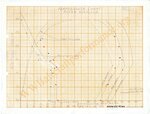P-39 Expert
Non-Expert
I don't think so. P-39 was at Port Moresby in April '42. P-38 got into sustained combat in the Pacific and N. Africa in late '42. AAF would have ben hard pressed in '42 without the P-39.Wasn't the P-38 earlier in the combat than P-39?

